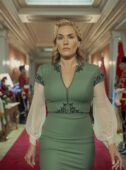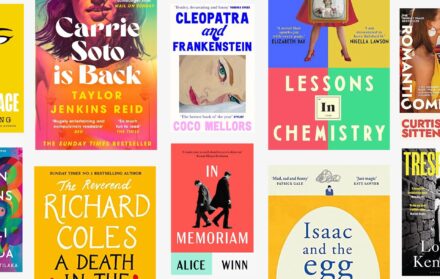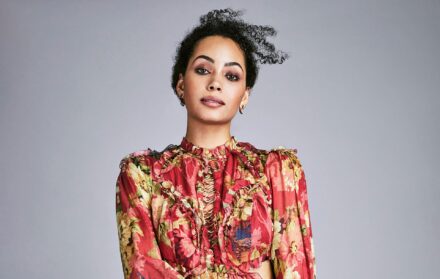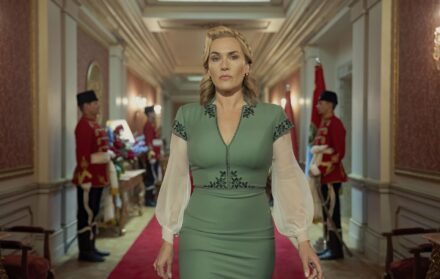
Meet Mayfair’s Shining Female Gallerists
In what has traditionally been a man’s world, Mayfair is brimming with female gallerists: from Sadie Coles to Victoria Miro.
Eleesa Dadiani
Founder, Dadiani Fine Art

Dadiani found herself a gallerist on Cork Street through an unexpected turn of events in 2014. She works predominately with living artists. This year, the gallery became the first in the country to start accepting cryptocurrencies, and will soon launch its own listed cryptocurrency
Art is not really my background. It is something that runs through my family – my father is a dealer and collector, but I was looking for a gallery space for him and wasn’t really going to be involved. As we awaited a shipment of works from Russia, sanctions were imposed: we couldn’t get any out, and I was left with a lease for five years. I had to make it work.
I always wanted to work with living artists, to resurrect the side of art that holds discipline and heritage as its pillars. I found the art world very superficial, synthetic and lacking support for older artists. I wanted to uphold the more old-fashioned side of art; something that is not whimsical or falls to fad.
The first artist I truly felt connected to, after the first few experimental months, was Paul Wager. Much of his incredible work has revolutionary undertones, is very war-conscious and aggressive. And it’s masculine – there’s not a fragment of femininity.

I love to show the masculine in its unforgiving state. This is why most of my artists are men of a certain age, very interesting people, who are uncompromising and unapologetic about their art.
Sculptors that create 2D works are also fascinating. They draw differently; their feel of form is different. Artists such as David Mach or Michael Sandle know how to work on a colossal scale but still add a sensitivity to it.
We managed to get a half-ton piece hanging on one wall of the gallery for our David Mach show. I had to engage the whole of Cork Street – get workers to help move the crates and feed them vodka. Just before the opening we managed to get rid of the traces of our sweat and tears.
I think being a young dealer on a very old street, surrounded by second and third generation galleries with much older male dealers, adds a kind of quality to doing something that is such an antithesis.
The gallery’s vision is ever-evolving. We’re the first in the UK to start accepting cryptocurrencies. It’s very exciting – we’re becoming more involved in Blockchain technology. I have also formed Dadiani Syndicate, the first marketplace in the UK selling luxury assets for cryptocurrencies, everything from fine art to Crown Estate properties, bloodstock and diamonds. We have created a hybrid of old-world trade with tomorrow’s technologies.
Art on the whole is not incredibly easy to sell, whether in cryptos or not.
Before the election I approached Kennard Phillips, the political art duo behind the infamous Tony Blair photomontage where he’s taking a selfie in front of an explosion. I thought on the off chance that they could bring the show from Cardiff to London… we had just two or three weeks to pull together.
Many patrons of the arts have ruined authentic moments. The bourgeoisie would always take something authentic and lacquer it through their involvement, by wanting to be so ahead of their time. This is why so many things come to an end before they’re ready to.
The artists whose status has been stilled in history all have one quality among them: they never sought permission. They weren’t necessarily lawless, but had a moral law that they answered to. I’m trying to find that in our age – it’s less and less apparent. It truly is dying.
Dominique Lévy
Co-founder, Lévy Gorvy
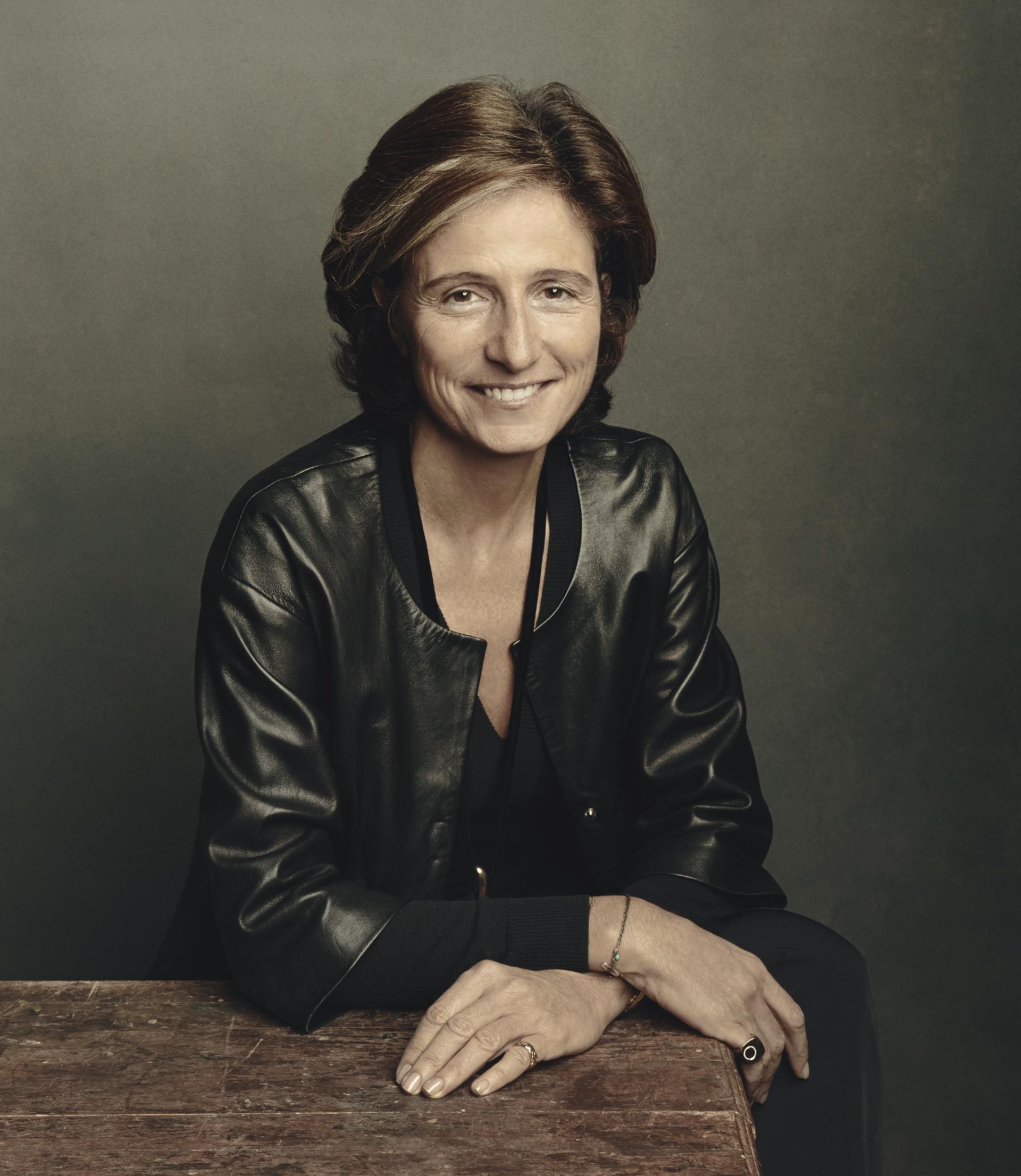
After years leading Christie’s private sales department, Lévy opened a New York gallery in 2013, followed by a space on Old Bond Street in 2014. In January she joined forces with fellow art dealer Brett Gorvy to create Lévy Gorvy, specialising in modern, post-war and contemporary art
The birth of Abstraction has always been my art historical – and even sociological – interest, after the late Paul Cézanne and early Piet Mondrian works, when figuration got completely questioned for the first time.
Art has this extraordinary capacity to evoke internal and external changes, posing incredibly important human questions – whether through dance, music or painting.
The element of beauty to me is essential, not just in the classical term that it has to be ‘pretty’. Beauty can be very tough, pure, abstract. I don’t have favourite artists. I have works of art that really ground, question and interest me.
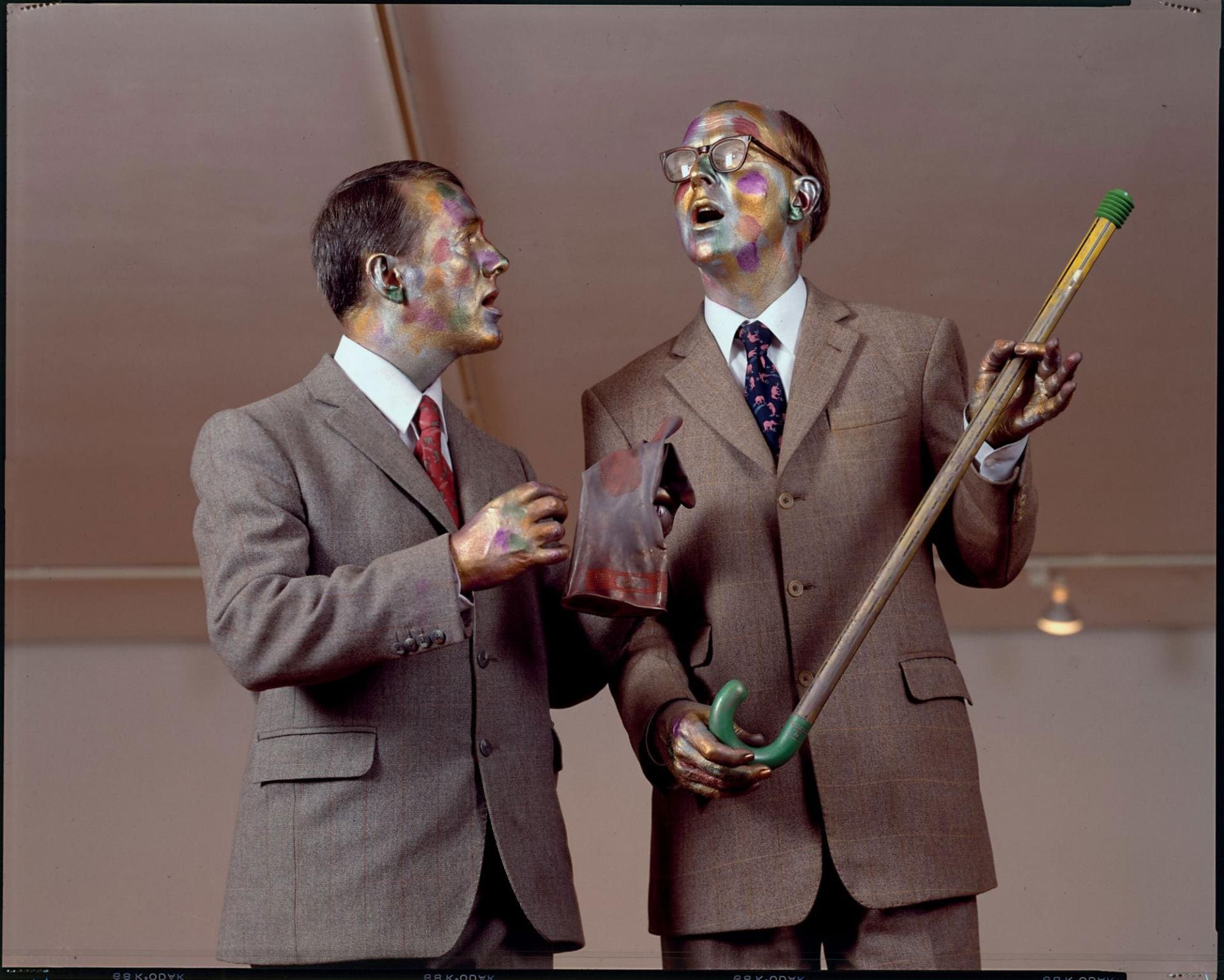
My own art collection at home has nothing to do with being a gallerist. It’s very much focused on questions of identity and displacement, starting with the early works of artists who questioned the self. It goes from photography to sculpture to painting. It’s very engaged, if I had to give one common ground, and authentic.
The art world has been a man’s world, not so much in the fact that there are more men than women, but that there’s a men’s club. Men are more geared towards working with each other, parrots of attack, and women have been more individualistic. But apart from that I really don’t think there’s any difference.
If I were not a gallerist I would be working in the circus – mostly probably as a clown or a choreographer. It’s one of my personal passions.
You don’t really escape the art world. I never thought of being a gallerist as a profession. I live in the art world – I go to museums, exhibitions, meet artists, look at and read about art. It’s not a profession to me. It’s a part of who I am. It’s all encompassing; I never count the hours I work.
Alma and Daniella Luxembourg
Co-directors, Luxembourg & Dayan
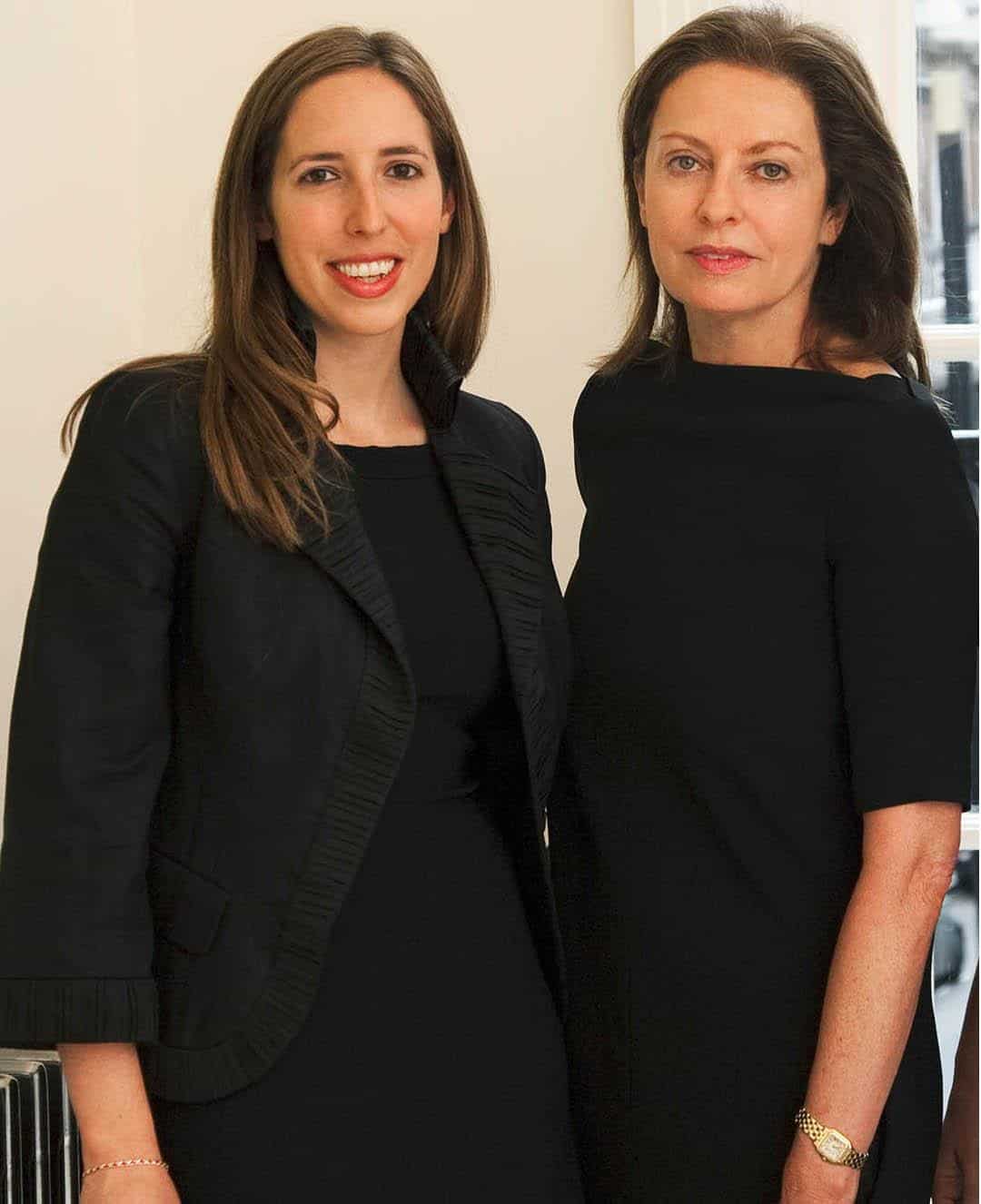
The gallery was launched in New York and London in 2009 by Amalia Dayan and Daniella Luxembourg (pictured right) – who co-founded Sotheby’s Israel and later formed a dealership with Simon de Pury. Daniella’s daughter Alma (pictured left) joined the post-war European and contemporary experts in 2011
D: Post-war European art was a less crowded area when we started dealing with it. Post-war American art was highly competitive, whereas there was still a variety of choice with European art of the 1950s and 1960s especially. Very few American museums actually collected this era after the war, so the best pieces were still in private hands, which allowed us to really have a grip on that market.
A: Sometimes the success of a certain artist means it’s more difficult to make an interesting exhibition. Our Marcel Duchamp show looked at his body of ‘readymades’; our Jeff Koons exhibition looked at the Made in Heaven series, which is quite explicit and caused a big outcry when first shown. Our show was many years after the first exhibition of those works but somehow the outrage and sense of shock was still very current. They both had a very specific emphasis.
D: I think there is huge future potential in the Italian market, and the pre-Second World War market – the 1920s and 1930s – for certain artists. One has to go where there is still quality and choice.
D: Works by Alberto Giacometti from the 1920s and 1930s are my unexplored favourites.
A: At Art Basel a couple of years ago we had a restaging of Jannis Kounellis’s Da inventare sul posto (To Invent on the Spot), from 1972: a painting that comes with a violin performance and a ballerina dancing alongside. The artist died about six months later, so we were very proud to show it.
D: Each one of us is quite opinionated and strong, but the ability to have that sort of ménage-a-trois means we are very flexible at the same time.
30 Cork Street, W1S, www.dadianifineart.com, 22 Old Bond Street, W1S, www.levygorvy.com, 2 Savile Row, W1S, www.luxembourgdayan.com.

